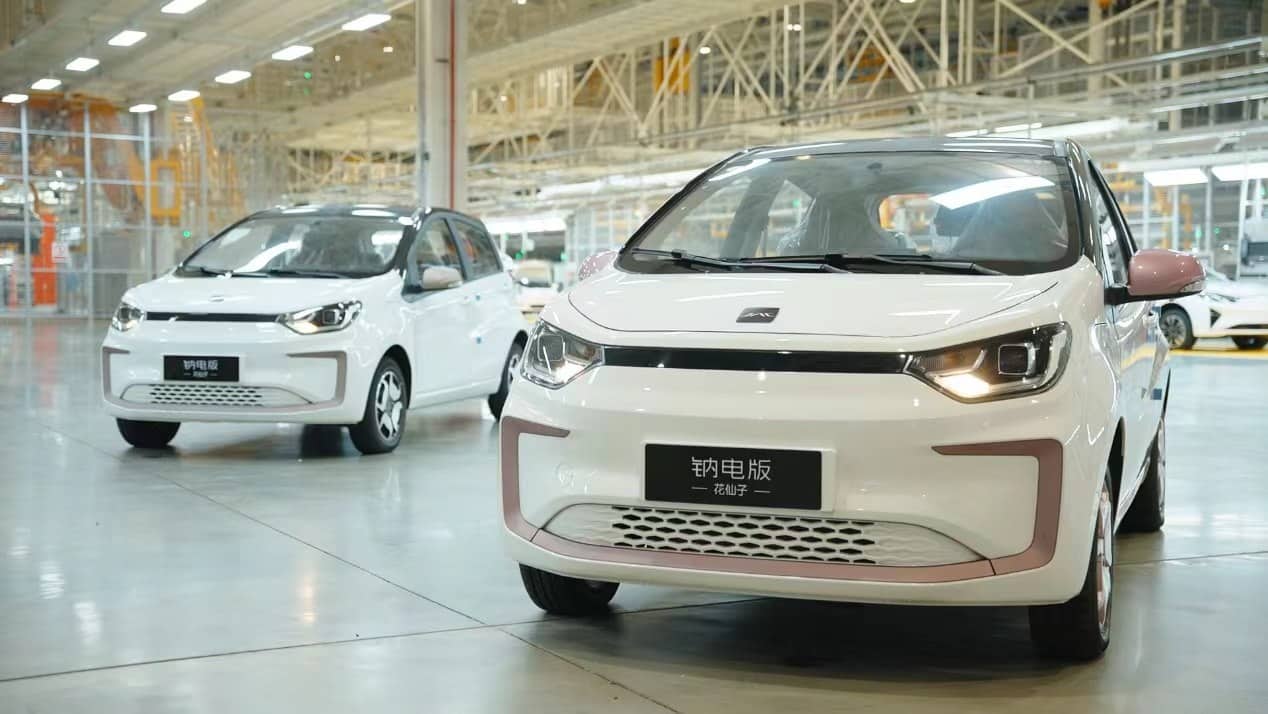Get the latest tech news
How We Got the Lithium-Ion Battery
It took decades of research, performed around the world, before a practical lithium-ion battery was possible.
The speed of electrode coating machines (which spread the anode and cathode material over large sheets of foil) increased by nearly a factor of 10, reducing the amount of capital required per unit output by roughly 90%. Thackeray discovered the manganese oxide cathode at Oxford, where he only was because his employer, South Africa’s Council for Scientific and Industrial Research (CSIR), paid for a year’s sabbatical so he could pursue the battery ideas he found promising. Even the extensive applied research needed to put the pieces together and take the battery over the finish line doesn’t appear to have created much of a lasting advantage for the companies that did it (possibly because the key components had been patented by others and were available to license).
Or read this on Hacker News

